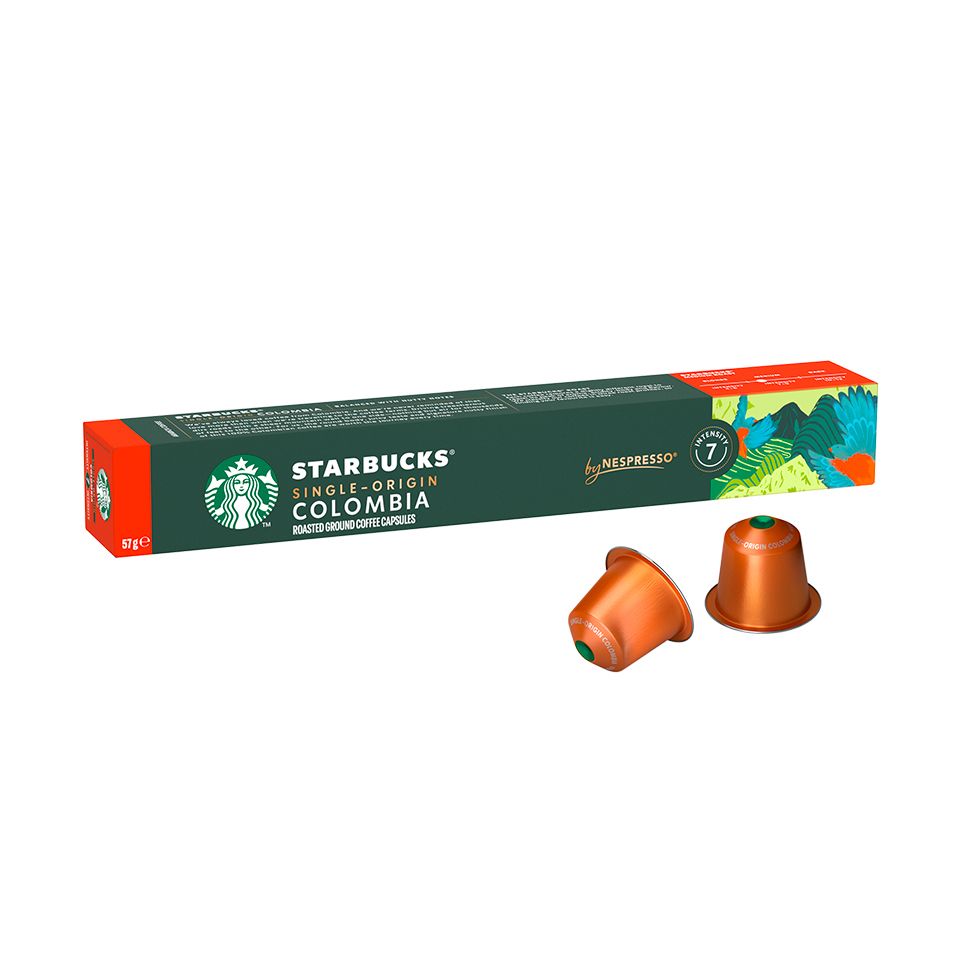A First-Time User’s Guide to Understanding SOE Single Origin Espresso
A First-Time User’s Guide to Understanding SOE Single Origin Espresso
Blog Article
Coffee Beans 101: Every Little Thing You Need to Understand About Coffee and Blended Coffee Beans
When it comes to coffee, understanding the nuances of espresso and mixed beans can change your everyday cup. From the expanding procedure to roasting strategies, every action plays a function in your coffee experience.
Comprehending Coffee Beans: Selections and kinds
When diving into the world of coffee, recognizing the types and varieties of coffee beans is essential for each enthusiast. You'll largely encounter 2 main varieties: Arabica and Robusta. Arabica beans are understood for their smooth, complicated tastes and reduced high levels of caffeine content, making them a preferred amongst coffee connoisseurs. On the other hand, Robusta beans load a punch with a more powerful, extra bitter preference and higher caffeine degrees, frequently utilized in espresso blends.
Within these varieties, you'll find numerous regional selections, each bringing special attributes. Ethiopian Yirgacheffe uses brilliant flower notes, while Colombian beans supply a healthy taste account. As you explore, remember to pay attention to processing approaches like washed or all-natural, as they can considerably influence the final taste. By familiarizing on your own with these beans and their flavors, you'll elevate your coffee experience and make even more informed selections in your brewing trip.
The Growing Process: From Seed to Bean
When you check out the trip of coffee, everything starts with seed selection methods that establish the structure for high quality. From there, farming and harvesting play crucial functions in guaranteeing the beans grow. Processing techniques change those gathered cherries right into the coffee beans you like.
Seed Selection Strategies
Selecting the right seeds is crucial for generating premium coffee beans, as it lays the foundation for the whole growing procedure. Pay attention to the seed's age and storage space conditions, as fresh seeds tend to sprout better. Think about the disease resistance of various varieties, as this can considerably impact your return.
Farming and Harvesting
As you nurture your coffee seeds right into flourishing plants, comprehending the farming and harvesting process is important for accomplishing the ideal flavor and top quality. Begin by planting your seeds in well-draining dirt, ideally in a shaded location to shield them from straight sunlight. As your plants grow, maintain regular wetness, and be conscious of their demand for nutrients. Trim routinely to advertise air flow and healthy and balanced growth.
When it comes time to harvest, seek ripe cherries, which commonly transform a lively red. Hand-picking is commonly the finest method to assure just the ripest cherries are selected. Timing is important; harvesting also late or as well early can influence the taste account of your beans. Welcome perseverance and care, as this is where top quality starts.

Processing Techniques Described
Once you've gathered your coffee cherries, the next important action is processing them to transform those lively fruits right into the beans you'll make. In the completely dry procedure, you spread the cherries out in the sun to dry, permitting the fruit to ferment and pass on one-of-a-kind flavors to the beans. Comprehending these techniques is essential to enjoying your coffee experience.
Roasting Methods: How Flavor Is Established
When it concerns roasting coffee beans, comprehending roast levels is key to revealing their one-of-a-kind tastes. Each toasting technique effects the fragrance and enhances the taste development procedure, providing you a richer coffee experience. Let's check out how these variables integrated to raise your everyday mixture.
Roast Levels Discussed
Roast levels play an important function in shaping the flavor account of your coffee. You'll appreciate intense level of acidity and fruity notes when you pick a light roast. As you transfer to a tool roast, you'll discover a balance of sweetness and complexity, commonly highlighting delicious chocolate or caramel tastes. Dark roasts, on the various other hand, deliver strong, great smoky features with less acidity, making them durable and abundant. Each degree arises from various roasting times and temperatures, influencing the beans' chemical structure. By comprehending these levels, you can much better select a coffee that matches your preference preferences. Try out different roasts to uncover which one reverberates with you, improving your overall coffee experience and pleasure.
Influence On Scent
The roast level not only affects the preference of your coffee however also significantly influences its fragrance. Each toasting technique releases different unpredictable compounds, shaping exactly how your coffee smells. In addition, the freshness of the beans plays a critical function; newly baked coffee launches a lot more aromatic oils, improving that tempting fragrance.
Flavor Development Refine
As you explore the taste advancement procedure, you'll discover that roasting methods play an essential function in shaping the taste account of your coffee. The toasting temperature and time straight influence the acidity, sweetness, and bitterness of the beans. Light roasts retain more of the bean's initial tastes, highlighting fruity and floral notes.
Espresso vs. Blended Coffee: Secret Differences
Coffee and blended coffee each offer special experiences that satisfy different tastes and choices. Espresso is a focused coffee made forcibly hot water through finely-ground coffee beans, causing an abundant, strong flavor and a creamy layer of crema ahead. It's frequently delighted in as a shot or used as a base for beverages like cappuccinos and cappucinos.
On the various other hand, blended coffee integrates different beans from various areas, creating a much more balanced flavor account. You'll often locate blends that highlight sweet taste, acidity, or body, making them flexible for different developing techniques. While espresso concentrates on strength, mixed coffee may provide a wider variety of tastes that can alter with each sip.
Inevitably, your option between coffee and mixed coffee come down to your individual preference. Whether you crave a leisurely cup or a quick shock, both choices have that site something delicious to offer.

Developing Techniques: Opening the Perfect Cup
When it comes to developing coffee, locating the right technique can change your experience and boost your mug. Each brewing technique has its distinct appeal and can considerably influence your coffee's flavor and scent. For instance, utilizing a French press allows you to appreciate a robust and rich brew, while a pour-over method provides a tidy, bright cup with distinctive flavors.
If you favor espresso, purchasing a high quality machine can assist you master the art of pulling shots. Alternatively, for convenience, a single-serve shuck system provides speed without compromising taste.
Do not neglect about cold mixture, which delivers a smooth, much less acidic coffee perfect for hot days. Experiment with various approaches to find what reverberates with your palate.
Tasting Notes: Determining Flavor Profiles
Just how can you truly value your coffee if you do not recognize what tastes to look for? Tasting notes are your overview to recognizing the complicated world of coffee. When you sip, focus on the initial tastes that strike your palate. You could discover fruity notes, like berry or citrus, or probably a nutty undertone. As you proceed to taste, see how the flavors develop-- this is referred to as the "coating." Some coffees may leave a chocolatey or sugar aftertaste, while others may have a bright, tidy coating.
Think about the body of the coffee, also; is it light and ventilated or thick and syrupy? Do not fail to remember acidity; an intense acidity can include vitality, while a low acidity could provide a smoother experience. By determining these taste profiles, you'll grow your link with each cup, making coffee sampling a fascinating trip of discovery.

Tips for Choose and Storage Coffee Beans
Saving and picking coffee beans properly can greatly enhance your brewing experience. Beginning by choosing top quality beans that fit your preference - SOE.
Once you have your beans, keep them in an airtight container to stop direct exposure to wetness, air, and light. A dark, awesome location functions best, so avoid maintaining them in the refrigerator or freezer, as this can introduce dampness. Just grind the amount you need to keep freshness; whole beans preserve flavor longer than pre-ground coffee.
Last but not least, attempt to utilize your beans within two to 4 weeks after opening up for peak preference. Adhering to these pointers will certainly assure your coffee remains delicious and pleasurable, raising your day-to-day brew to new elevations.
Often Asked Questions
How Much Time Do Coffee Beans Stay Fresh After Toasting?
Coffee beans stay fresh for concerning two weeks after roasting - SOE. You must store them in an airtight container, far from light and wetness. Afterwards, their flavor and fragrance start to decrease significantly

Can I Mix Different Coffee Bean Varieties?
Definitely, you can mix different coffee bean varieties! Try out blends can enhance flavors and create a special preference account. Just ensure to balance the staminas and characteristics of each selection for the very best outcomes.
What Is the Suitable Grind Dimension for Coffee?
For espresso, you'll want a fine work size, about the texture of common salt. This enables ideal extraction, causing a rich, tasty shot. Experiment a little bit to discover what fits your preference best!
How Does Elevation Affect Coffee Bean Flavor?
Elevation influences coffee bean flavor by influencing the development rate and chemical composition. Higher elevations cause slower maturation, which boosts acidity and intricacy, providing your coffee a vivid and special taste you view it won't neglect.
Exist Decaffeinated Variations of Coffee Beans?
Yes, there are decaffeinated versions of coffee beans. You can take pleasure in a rich espresso taste without the high levels of caffeine kick. Simply seek "decaf" blends at your local coffeehouse or specialty store.
Coffee Beans 101: Whatever You Required to Know Regarding Espresso and Blended Coffee Beans.
When diving visit the site right into the world of coffee, recognizing the kinds and ranges of coffee beans is important for every enthusiast.When it comes to roasting coffee beans, understanding roast degrees is essential to revealing their unique tastes. Espresso is a focused coffee made by requiring hot water with finely-ground coffee beans, resulting in an abundant, bold flavor and a luscious layer of crema on top.On the various other hand, blended coffee incorporates various beans from various areas, creating a more well balanced flavor profile.
Report this page